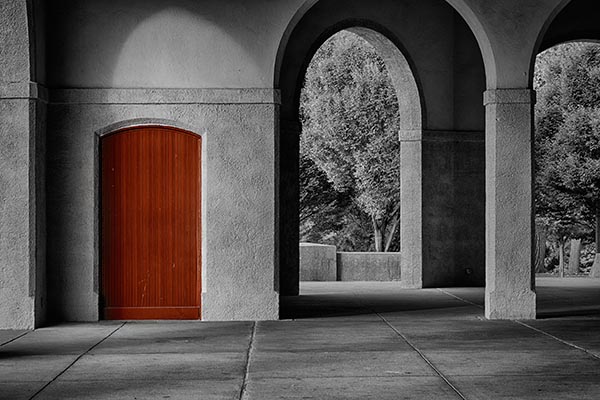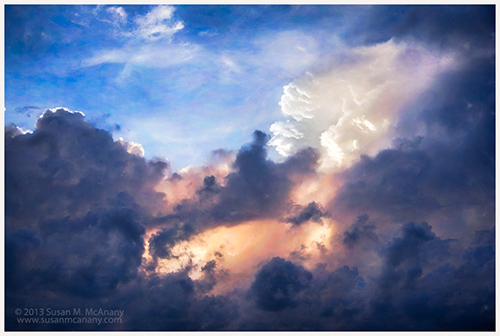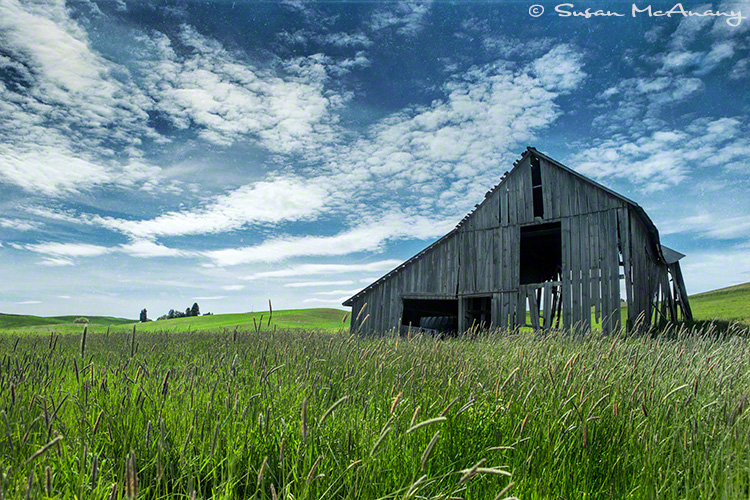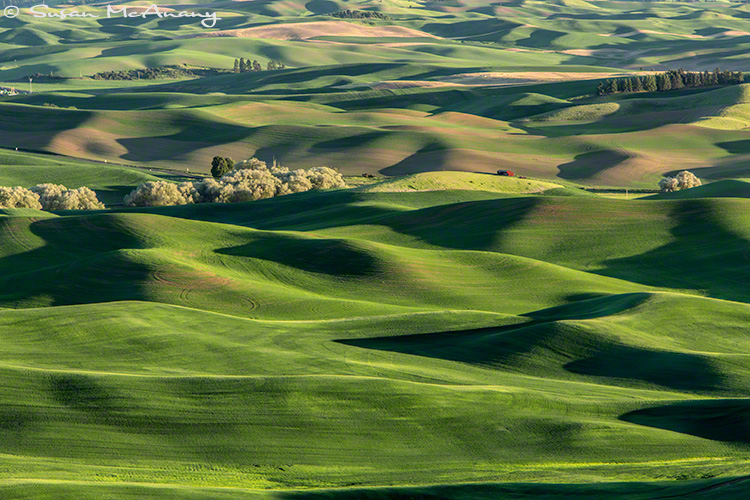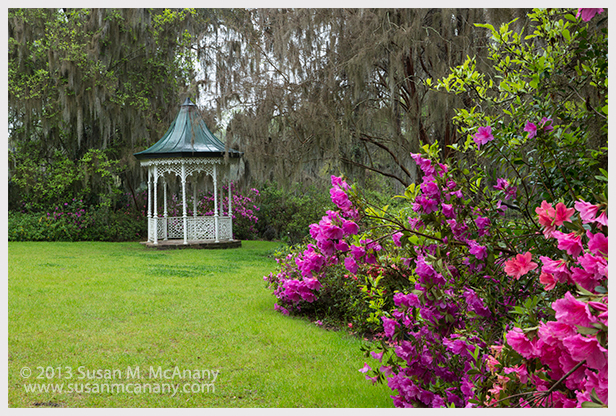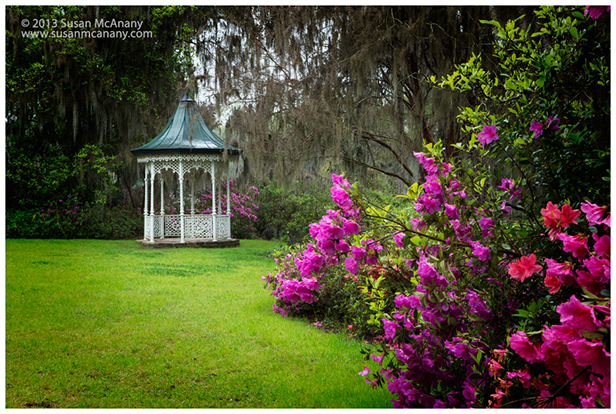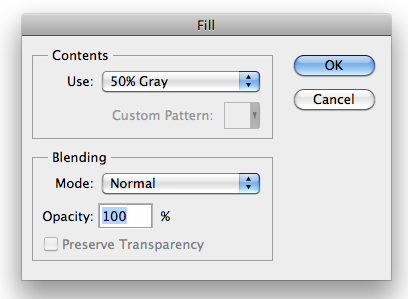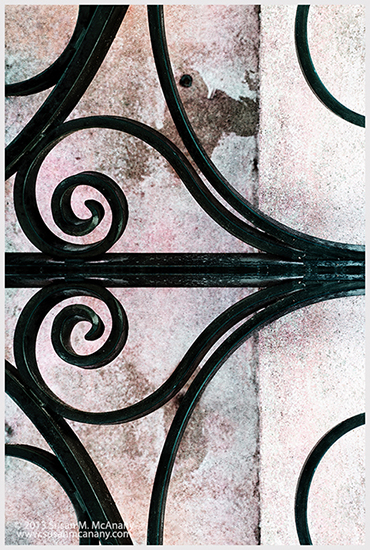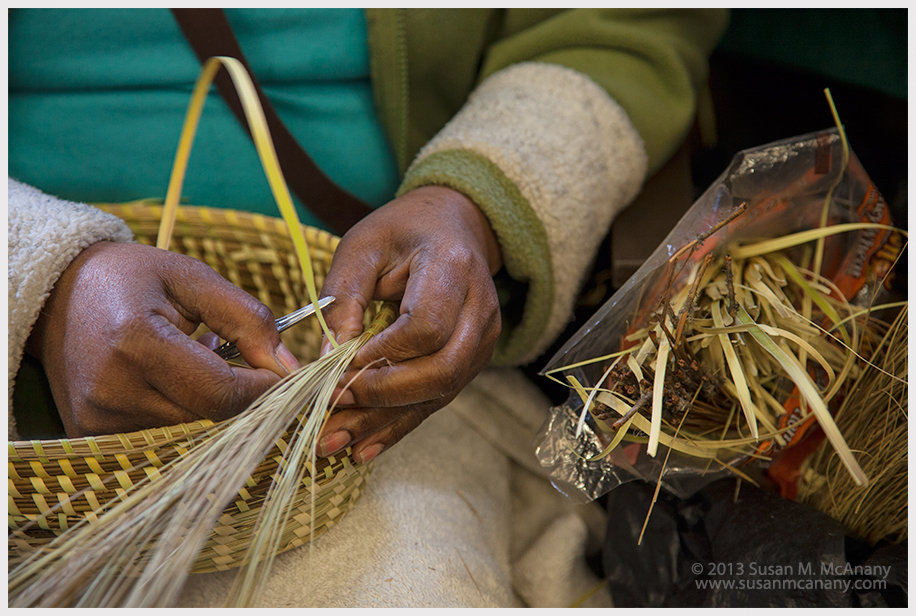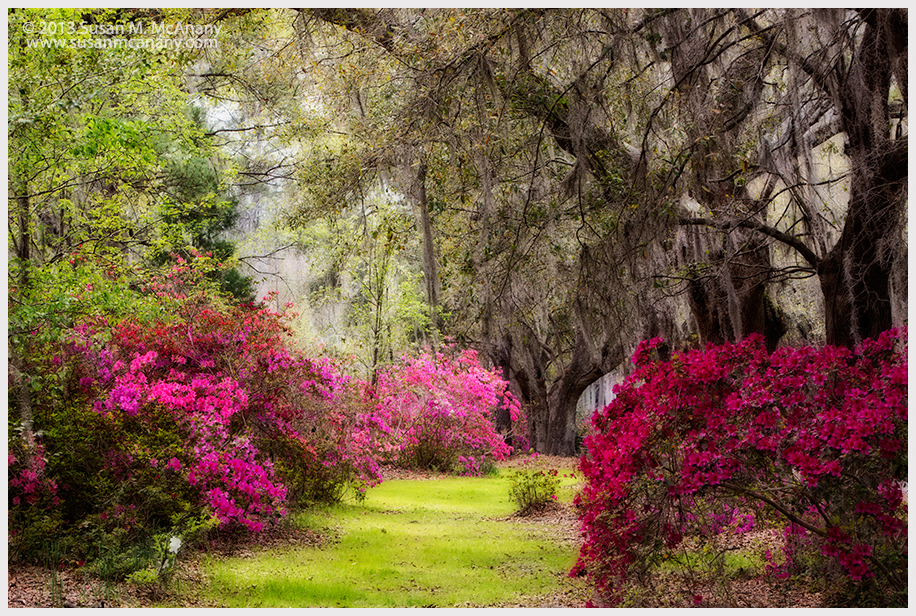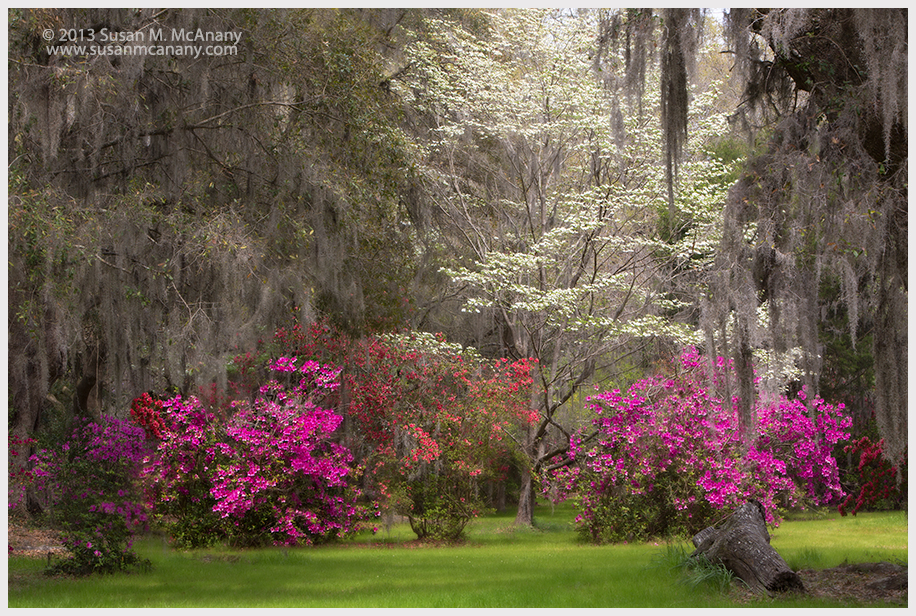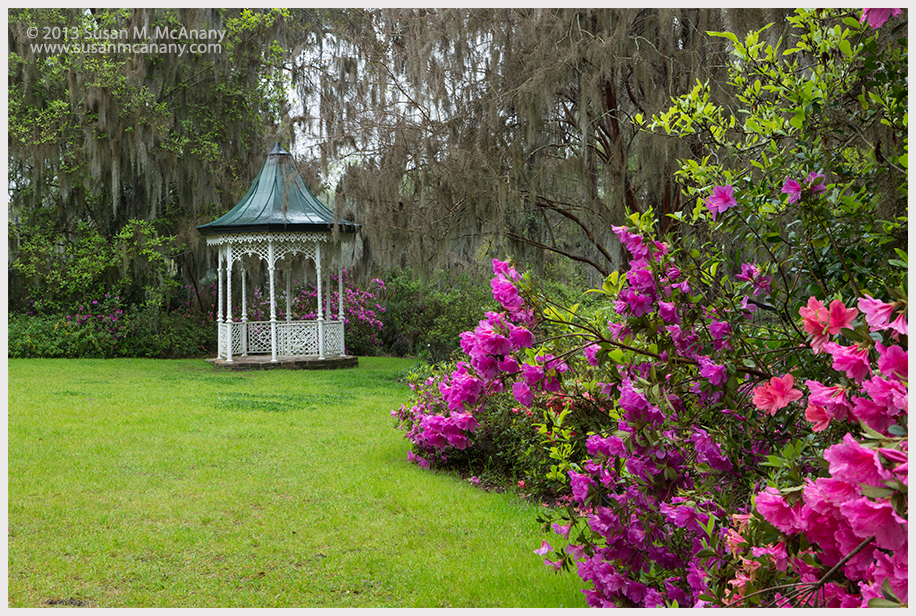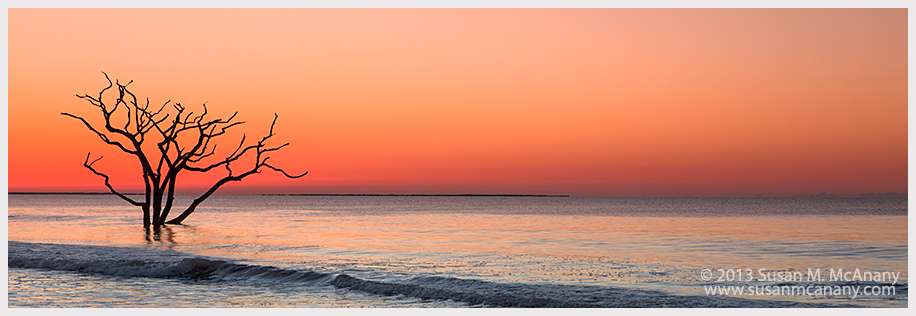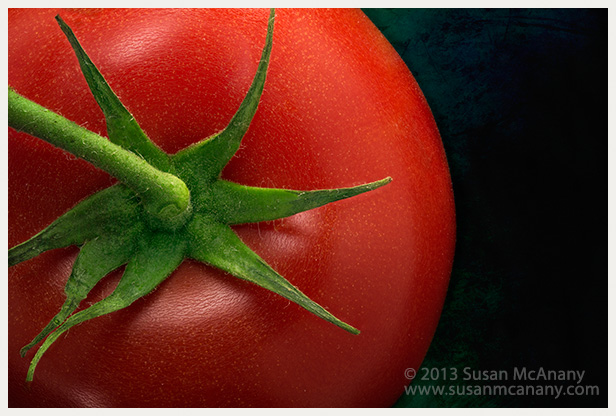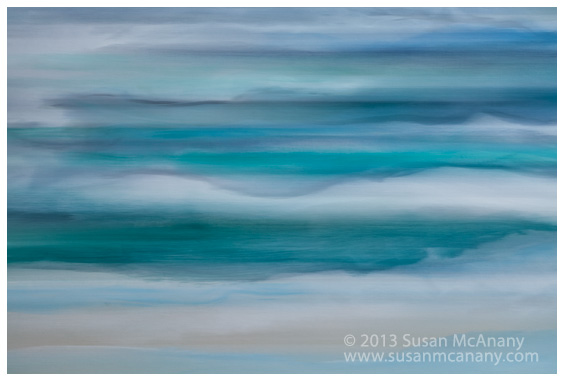Have you ever had a situation where you needed to copy the layers in Photoshop from one image file to another? I can’t say I do this often, however, I did have a recent experience where after I had done a significant amount of work removing a trash can from an image only to realize the color profile of the image was of sRGB and not Adobe RGB or Prophoto which I usually use. My thoughts were do I let it slide, redo the work or figure out how to get those layers into a different file. The beauty of Photoshop is the multiple ways there are to do something and to Copy Layers in Photoshop is a prefect example.
Here is the image with the trashcan. Removing the trashcan took several layers of copy and pasting different portions of the image to hide it. It was pretty straight forward.
 To copy the layers in Photoshop from one file to another select the layers you want to copy in the Layers Palette. This is easy to do by clicking on the top layer you want to copy, hold down the shift key and click on the bottom layer you want to copy.
To copy the layers in Photoshop from one file to another select the layers you want to copy in the Layers Palette. This is easy to do by clicking on the top layer you want to copy, hold down the shift key and click on the bottom layer you want to copy.
Next, either right-click once the layers that have been selected or click on the tiny down arrow in the upper right hand corner of the layers palette and select Duplicate Layer.
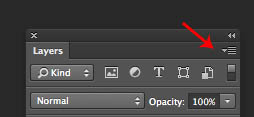 You can also use the Top Toolbar in Photoshop and select Layers > Duplicate Layers.
You can also use the Top Toolbar in Photoshop and select Layers > Duplicate Layers.
In the Duplicate Layer window, name your layer and select the file under Destination Document name. It is best to have both files open on your desktop so you file names appear.
 Your layers will then be copied from one image file to the other. You may need to do some masking or adjustments if the details in the second file are not exactly the same. But on the whole this is a very easy way to save a whole lot of work. Here is the image I am currently working on with the trash can removed.
Your layers will then be copied from one image file to the other. You may need to do some masking or adjustments if the details in the second file are not exactly the same. But on the whole this is a very easy way to save a whole lot of work. Here is the image I am currently working on with the trash can removed.
Thanks for reading and you can view more of my work at Susan McAnany Photography.

